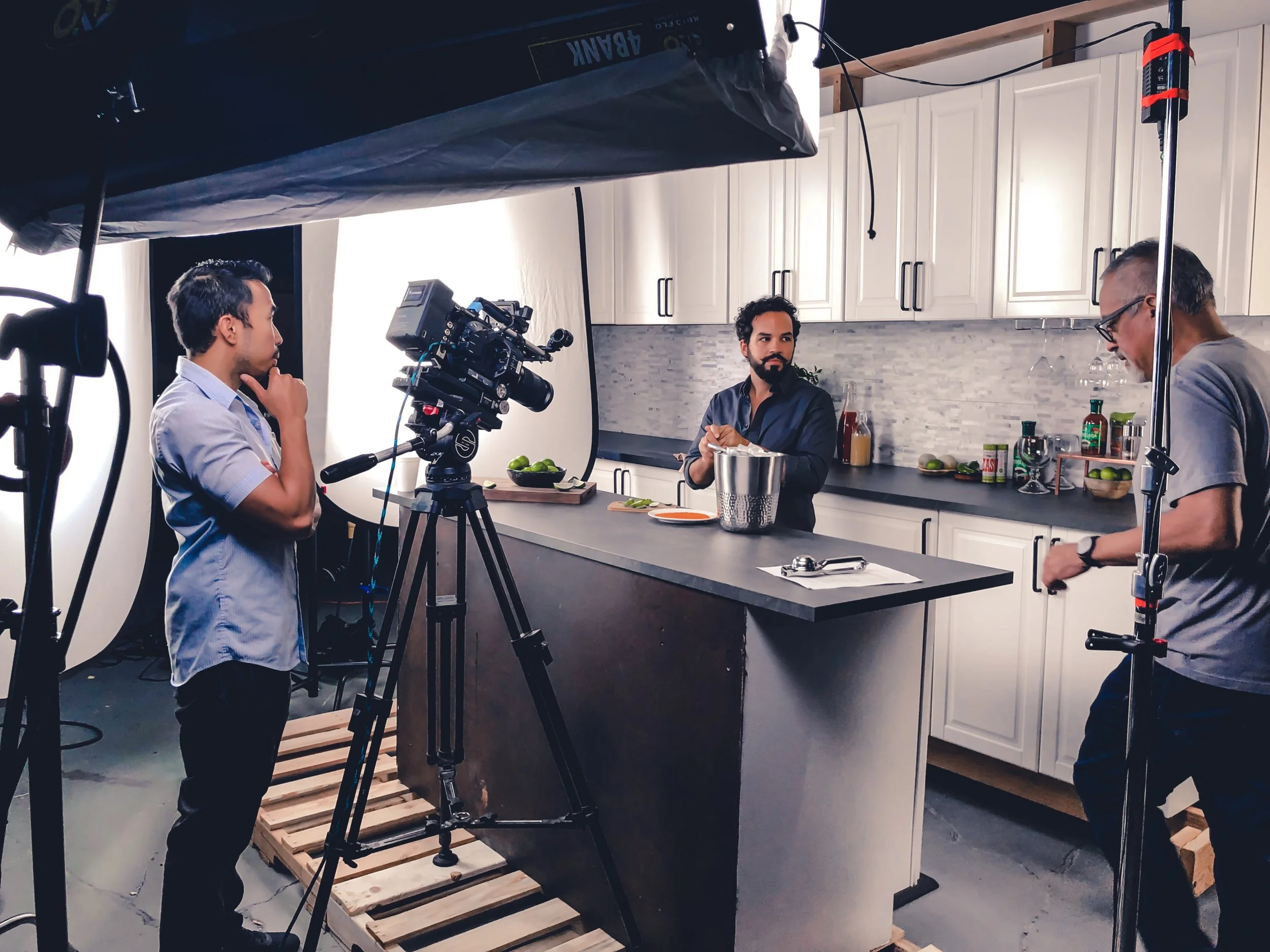What settings do you use to get the best shot in your films and photography? Whether you’re new to photography or need a refresher, it’s good to be familiar with these settings to use them to your creative advantage. Balancing the ISO, Shutter Speed, and Aperture, or the Trifecta Setup, can result in the right amount of light and quality exposed at the right time for a stunning photograph or shot. In this clip from our video content course, we explain and recommend the three important camera and lens settings you need to know to get the shot you desire.
Which Cameras to Buy for Video Content
Good videos don’t require expensive equipment.
Have you ever stressed about which camera to buy for video content?
Many people think that you need the newest brand name camera to get the best video quality. Common knowledge amongst cinematographers and filmmakers is that the tech doesn’t always matter, and that you can make gold with high quality lenses, proper lighting, solid composition, and adhering to camera basics like shutter angle, aperture, ISO, and white balance.
Learn the fundamentals of filmmaking or hire someone who knows - you can make magic on a low budget.
What camera do you use? Type in the comments below and share this with one person you know that’s thinking about buying a camera.
Exposure Trifecta Guide- Aperture, ISO, & Shutter Speed
Don’t shoot anything with your camera just yet! Are your camera settings set up accurately? How your videos and photos look, depends greatly on how you set up your camera. You don’t want your photos to turn out grainy or spend hours messing with the settings. Adjusting your ISO, aperture, and shutter speed and knowing what they do can give you the control for your shoot. These three important settings are what you need to know about and we’ve got the instructional video for you.
Before shooting on a camera, there are 3 basic settings that are imperative to set up: that being the ISO, aperture, and shutter speed. These all have dramatic effects on various aspects of videography.
ISO controls the brightness of the image. If you have a lower ISO, it means that your camera’s sensor is less sensitive to light, and so it will be darker. As your ISO goes up, the image will get brighter, but there will also be more visual noise that makes the image unappealing. You generally shouldn’t set your ISO to anything higher than 800, as that’s when the noise gets noticeable.
Shutter speed is how long the camera’s shutter takes to open and close. So if you’re shutter speed is at 60 or 1/60, it means the shutter will take 1/60th of a second to open and close. As a general rule of thumb when shooting video, set your shutter speed at double what your frame rate is. So if you’re shooting at 24FPS, set the shutter speed at around 50 (1/50) and if you’re shooting at 30FPS, set it at 60 (1/60) and so on.
Aperture, also known as F-Stop or iris, is how open or how closed your camera’s iris is. The way F-Stop values work is this: the lower your F-Stop is, the more open the iris is. The higher the F-Stop, the more closed the iris is. When the F-Stop value is low, meaning the camera’s iris is open, the image will appear brighter but will also have a more shallow depth of field. This means things in the foreground are clear but the background is blurry. On the other hand, when the F-Stop value is higher, the iris will be more closed, producing a darker image with a deeper depth of field, meaning everything will be in focus.
So to recap: keep the ISO no higher than 800 and your shutter speed double the frame rate you’re shooting at. Then for the aperture, determine whether you want a darker or lighter image and if you want a blurry background or not, and set it accordingly.

